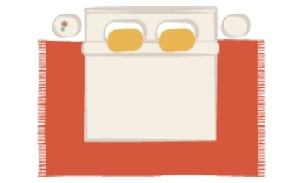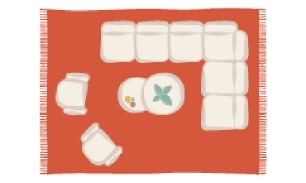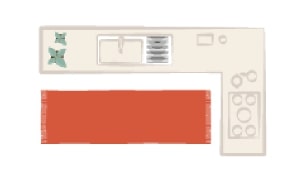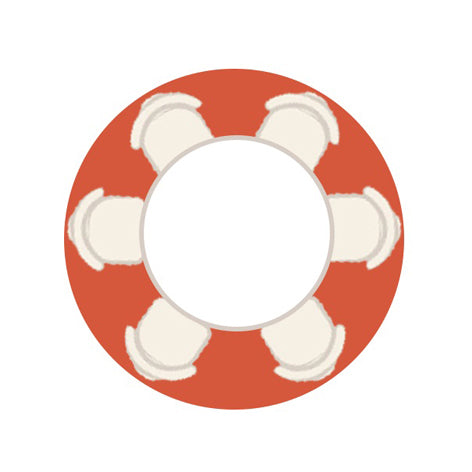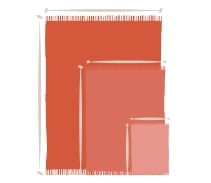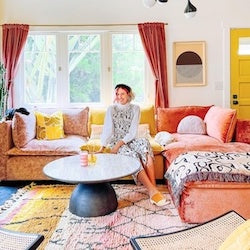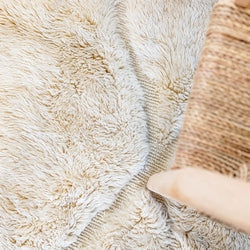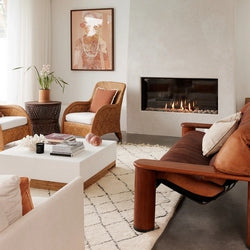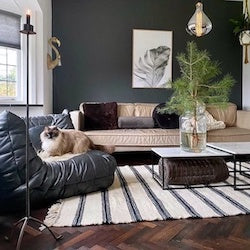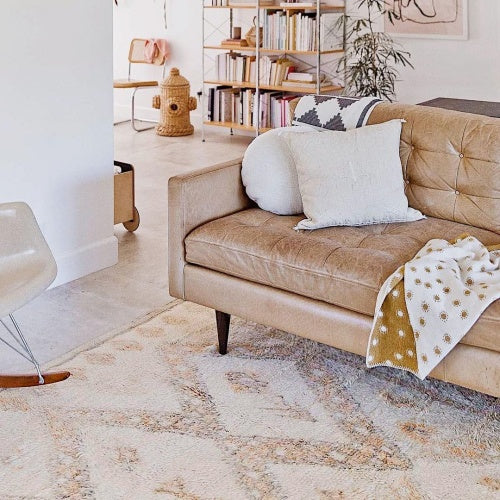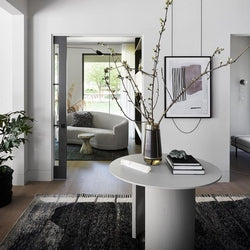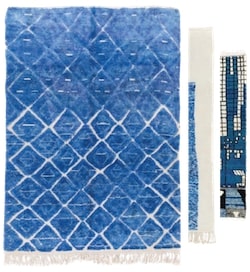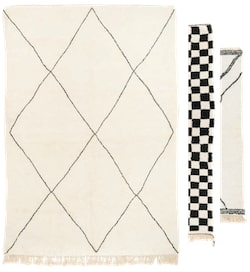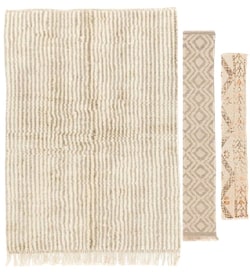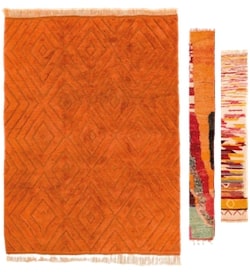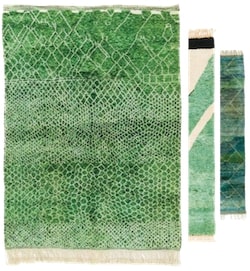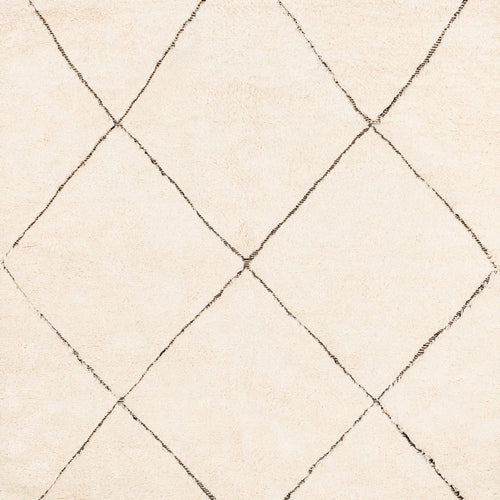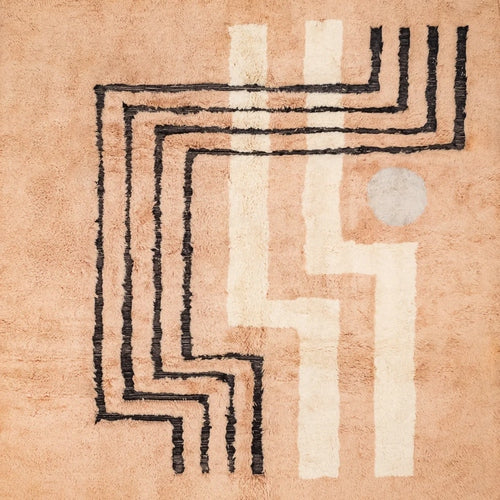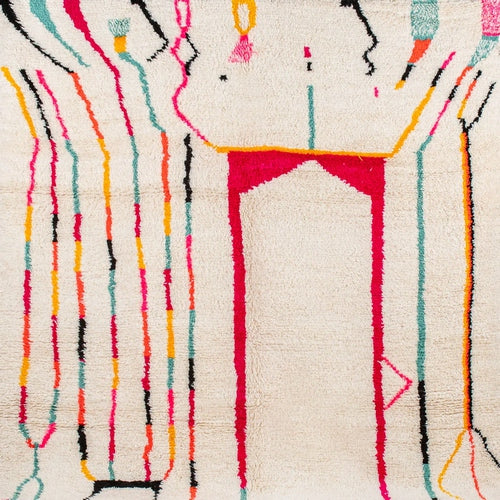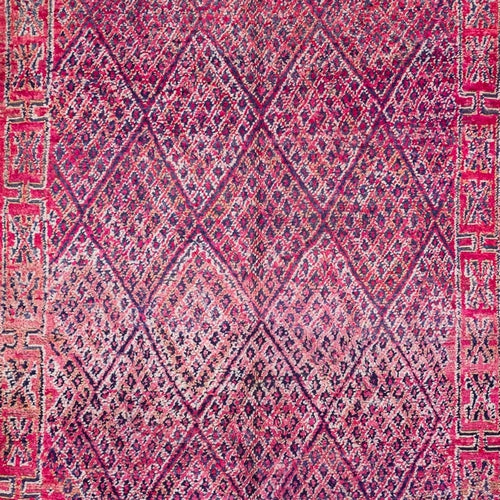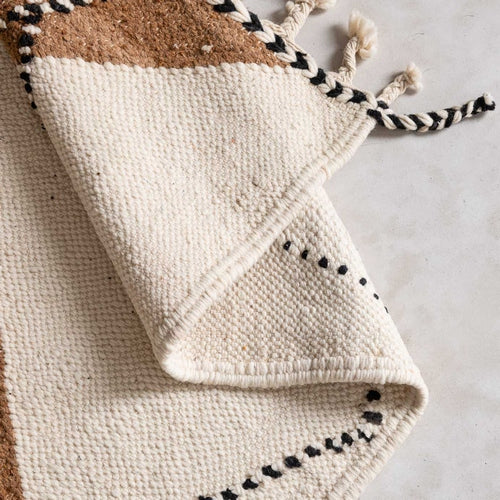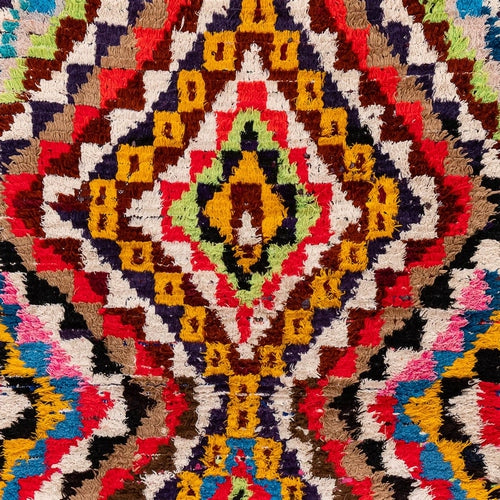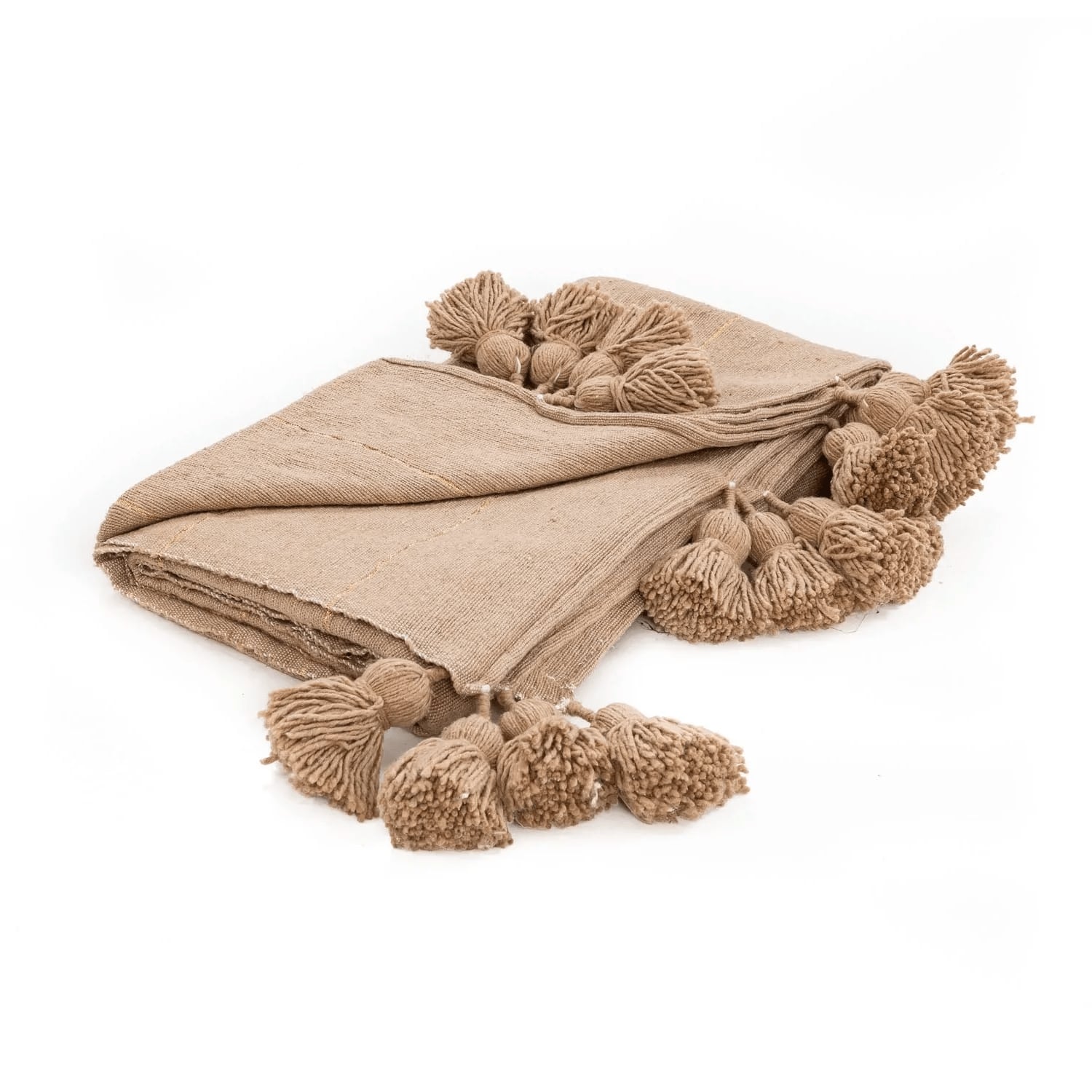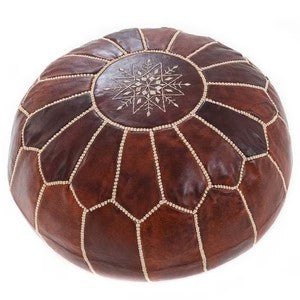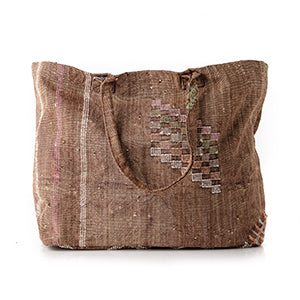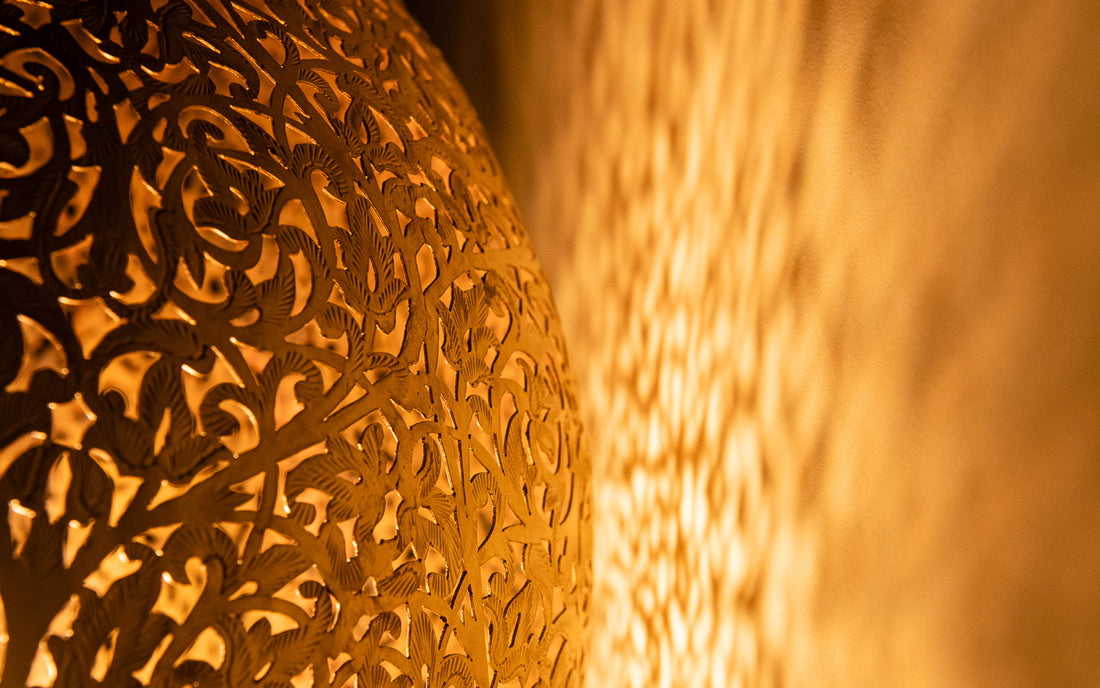Moroccan lamps are renowned for their intricate designs, warm lighting, and cultural authenticity. Each Moroccan lamp is a work of art, carefully handcrafted by skilled artisans using traditional techniques, including the use of a fine blade fretsaw tool, that have been passed down through generations. But how exactly are these stunning Moroccan lights made? In this article, we explore the step-by-step process of crafting a Moroccan lamp, from the selection of materials to the finishing touches.
Introduction to Moroccan Lamp Making
Moroccan lamp making is a time-honored craft that has been lovingly passed down through generations of skilled artisans in Morocco. This ancient art form beautifully marries traditional craftsmanship with modern design sensibilities, resulting in unique and exotic lighting fixtures that captivate admirers worldwide. Moroccan lamps are celebrated for their intricate metal cutwork patterns, vibrant colored glass, and meticulous hand-engraved details, which together create a mesmerizing “starry” effect when illuminated. The art of Moroccan lamp making is deeply rooted in the country’s rich cultural heritage, reflecting a harmonious fusion of African, European, and Asian influences. Each lamp is not just a source of light but a testament to the enduring beauty and artistry of Moroccan culture.
The Art of Handcrafting Moroccan Lamps
The creation of a Moroccan lamp begins with selecting high-quality materials, most commonly brass. Brass is a preferred material due to its durability, reflective properties, and ability to develop a beautiful patina over time. Each lamp is designed to not only illuminate a space but also act as a statement piece that adds both warmth and cultural flair.
1. Designing the Lamp
The process begins with a design. Artisans work from traditional Moroccan patterns, often incorporating geometric shapes, arabesques, and floral motifs that are iconic to Moroccan art. These patterns are drawn by hand or with the help of stencils to ensure accuracy and symmetry.

2. Selecting the Material
The majority of Moroccan lamps are made from brass, a metal that is both durable and easy to work with. Some lamps also incorporate copper, silver, or iron depending on the desired aesthetic. Once the material is chosen, it is cut into the appropriate shape and size for the lamp.

3. Hand-Carving and Etching
One of the most distinctive features of a Moroccan lamp is the intricate cut-outs and engravings that adorn its surface. Artisans carefully carve these patterns by hand using small chisels and other metalworking tools. This step requires extreme precision, as the cut-outs will determine how the light is projected. These designs allow the lamp to cast beautiful shadows and patterns when lit.

4. Shaping the Lamp
Once the patterns have been etched, the next step involves shaping the lamp, highlighting its unique design. For pendant lamps, the metal is formed into hollow spheres, cylinders, or other shapes, while chandeliers and floor lamps may require more complex assembly. Artisans use traditional hammering techniques to mold the brass, ensuring a smooth and seamless finish.

5. Adding Decorative Elements
Many Moroccan lamps feature additional decorative elements such as stained glass, beads, or colored enamel. These materials add vibrant color and contrast to the metal, further enhancing the lamp's aesthetic. The glass is often hand-cut and carefully placed into the design, ensuring that it complements the overall pattern of the lamp.

6. Polishing and Finishing
After the lamp is shaped and decorated, it is thoroughly polished to enhance its shine. Brass lamps, in particular, are buffed to a high gloss, which helps reflect light and adds a touch of luxury to the finished product. In some cases, the brass is left untreated, allowing it to develop a natural patina over time, which gives the lamp a more rustic and vintage look.

7. Final Assembly and Testing
Once all the components of the lamp are complete, the final step is assembly. Pendant lamps are fitted with the necessary wiring and sockets, while chandeliers and floor lamps may require additional structural support. After assembly, the lamp is tested to ensure it functions correctly and that the light is projected beautifully through the cut-out patterns.

Types of Moroccan Lamps
Moroccan lamps come in a delightful array of shapes, sizes, and styles, each offering its own unique charm and functionality. Some of the most popular types of Moroccan lamps include:
-
Table Lamps: Designed to sit gracefully on a table or desk, Moroccan table lamps serve as both a decorative piece and a source of ambient light in living rooms, bedrooms, and offices. Their intricate designs and warm glow make them perfect for creating a cozy and inviting atmosphere.
-
Ceiling Lamps: Suspended from the ceiling, these lamps are ideal for providing ambient light in larger spaces. Moroccan ceiling lamps often feature elaborate patterns and colored glass, casting enchanting shadows and adding a touch of elegance to any room.
-
Pendant Lamps: Hanging from the ceiling by a chain or cord, pendant lamps are a stylish choice for adding a touch of sophistication to a room. They are often used in dining areas, hallways, or as statement pieces in living spaces.
-
Floor Lamps: Standing tall on the floor, these lamps are perfect for providing task lighting in living rooms, bedrooms, and offices. Moroccan floor lamps often feature intricate metalwork and vibrant glass, making them both functional and decorative.
Each type of Moroccan lamp brings its own unique beauty and functionality, allowing you to choose the perfect light fixture to complement your space.
Glasswork and Color in Moroccan Lamps
Glasswork and color are integral to the allure of Moroccan lamps. Artisans employ a variety of techniques, including cutting, sculpting, and engraving, to create intricate patterns and designs on glass. The use of colored glass adds a vibrant touch to Moroccan lamps, with different hues creating a range of effects from subtle and understated to bold and dramatic. Some of the most common colors used in Moroccan lamps include:
-
Blue: Often used to evoke a sense of calm and tranquility, blue glass adds a serene touch to Moroccan lamps.
-
Green: This elegant color is frequently chosen to impart a sense of sophistication and harmony.
-
Red: For a bold and dramatic effect, red glass is a popular choice, adding warmth and intensity to the lamp’s glow.
-
Yellow: Bright and cheerful, yellow glass infuses Moroccan lamps with a touch of warmth and energy.
The combination of intricate glasswork and vibrant colors ensures that each Moroccan lamp is a unique masterpiece, capable of transforming any space with its enchanting light.
Modern Moroccan Lamp Making
While traditional techniques remain at the heart of Moroccan lamp making, modern artisans are continually experimenting with new materials and methods to create innovative and unique lighting fixtures. Some of the contemporary trends in Moroccan lamp making include:
-
New Materials: Artisans are incorporating materials such as metal and wood to craft distinctive and modern lamp designs that still pay homage to traditional aesthetics.
-
LED Lighting: The integration of LED technology allows for energy-efficient and sustainable lighting solutions, blending modern functionality with timeless beauty.
-
Bold Colors: Modern Moroccan lamps often feature bold and bright colors, creating a contemporary look that stands out while still reflecting traditional patterns and motifs.
-
Traditional Patterns in Modern Designs: By incorporating classic Moroccan patterns and designs into modern lamp styles, artisans create pieces that honor their heritage while appealing to contemporary tastes.
Overall, Moroccan lamp making is a dynamic craft that continues to evolve, resulting in lighting fixtures that are both timeless and innovative. Whether you prefer a traditional or modern look, Moroccan lamps offer a unique blend of art, culture, and functionality.

The Significance of Moroccan Lamps
Moroccan lamps are not only practical light fixtures but also symbols of Moroccan culture and heritage. The meticulous craftsmanship that goes into each lamp reflects the artisan's dedication to preserving traditional techniques. The intricate designs, warm glow, and use of high-quality materials like brass ensure that each lamp is a unique, timeless piece that can elevate any space.
Why Choose Handcrafted Moroccan Lamps?
By choosing a handcrafted Moroccan lamp, you're not just investing in a light source; you're bringing a piece of Moroccan culture and artistry into your home. Each lamp is a testament to the skills of the artisans who spend hours, sometimes days, perfecting every detail. Handcrafted lamps are made with care, ensuring that no two pieces are exactly alike.
These lamps are versatile and can complement a wide range of interior styles, from modern minimalist to traditional and eclectic decors. Whether you're looking for a bold Moroccan chandelier for your dining room or a soft-glowing Moroccan pendant light for your bedroom, these lamps offer both beauty and functionality.
Conclusion
Moroccan lamps are masterpieces of traditional craftsmanship, made by skilled artisans who use age-old techniques to create unique, functional works of art. From the initial design to the final assembly, every step in the creation of a Moroccan lamp requires precision and dedication. Whether made from polished brass or adorned with colorful stained glass, these lamps bring a touch of Moroccan charm and elegance to any space. Explore our collection at Benisouk and find the perfect Moroccan lamp to illuminate your home.



